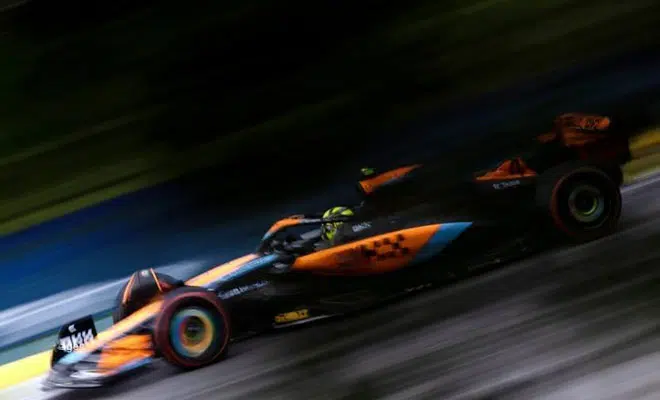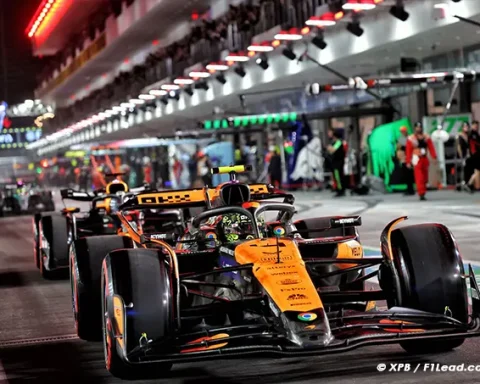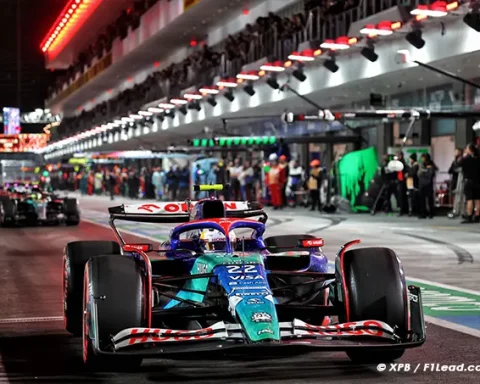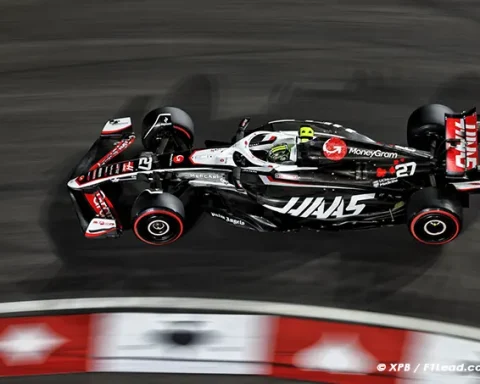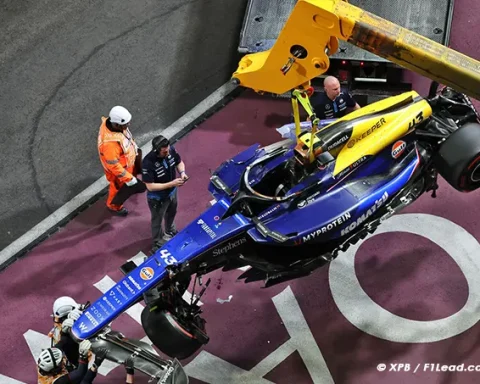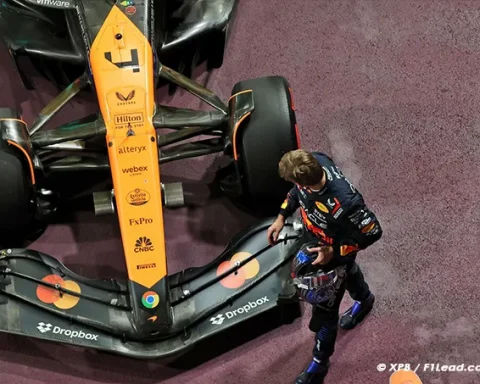In 2023, McLaren F1 took a significant gamble with the launch of their car, the MCL60. Team executives warned that this wasn’t the Formula 1 car they intended to field at the start of the season, having discovered a better design path during the winter. Although it was too late to alter plans for the season’s start, efforts quickly shifted towards the B version, introduced in early summer.
Andrea Stella reflects on this high-stakes decision. But how risky was it, given that the MCL60 hadn’t even completed a single lap in private winter testing?
“There are two different perspectives. One is development, the other is changes in our work process structure. Let’s start with development. In the winter of 2022-2023, we decided to take a different direction with the floor, as we realized during wind tunnel testing that we were at a dead-end with the old concept. The basic concept was introduced in Baku. It was too late to implement it at the season’s start because groundwork for the first race begins in December. But the second point was even more crucial.”
“We changed the technical organization. Peter Prodromou took over the aerodynamics department leadership (James Key was subsequently let go). He then changed the development direction, not just for the floor, but for the entire car. We looked at the old car and realized: it needed a radical overhaul in many areas.”
“The changes were even more radical. This affected the entire organization of the department. It should contribute much more effectively to overall development. I can’t divulge details of what we did, but it transformed our entire work structure. The result was that we could develop much faster than before. The project started in March and led to a total car rebuild, culminating in the first July upgrades. And two months later, we already had the Singapore upgrade on the car. There were four months of work between the Baku and Singapore versions.”
Has McLaren F1 now placed the right people in the right positions?
“That’s an oversimplification of what happened, but yes. It’s also about pursuing multiple development paths simultaneously and then channeling them. We have enough perfectly trained people to divide development into many specialized sub-disciplines. This way, we’ve also provided a lot of our engineers with a perspective, as they now lead their specific areas.”
McLaren aggressively developed with numerous improvements throughout the season. How challenging was it for the design and production department to keep up with this pace?
“There was definitely pressure. But we’ve undertaken projects like this before. The difference now is that we do it more efficiently. We’ve optimized work steps and asked ourselves: Where were we fast or too slow? Where were there unnecessary loops? Where did departmental collaboration not work? We used to pass the ball from one area to another. We’ve broken down this sequential process and introduced more parallel stages.”
When looking at the list of new parts McLaren brought to the car last season, one wonders how is this possible within the budget constraints? Were there sacrifices in other areas?
“We didn’t have to sacrifice anything. If you look closely at the improvements, there was the first big step in Baku, then two major development stages in Austria and Singapore. This corresponded exactly to the budget we had reserved for our development before the season. In fact, we even had a little money left over that we invested in modifications to the rear wing in Las Vegas. The goal was to reduce air resistance on fast circuits. We had issues at Spa, then we quickly found a solution at Monza and finally something more sophisticated in Las Vegas.”
McLaren F1 MCL60 2023 Season Gamble McLaren F1 MCL60 2023 Season Gamble
Read also:
- TOST INSIGHTS: VERSTAPPEN’S UNIQUE EDGE IN F1 EXPLAINED
- Stay up-to-date with the latest Formula 1 news by following us on Facebook and Twitter.
